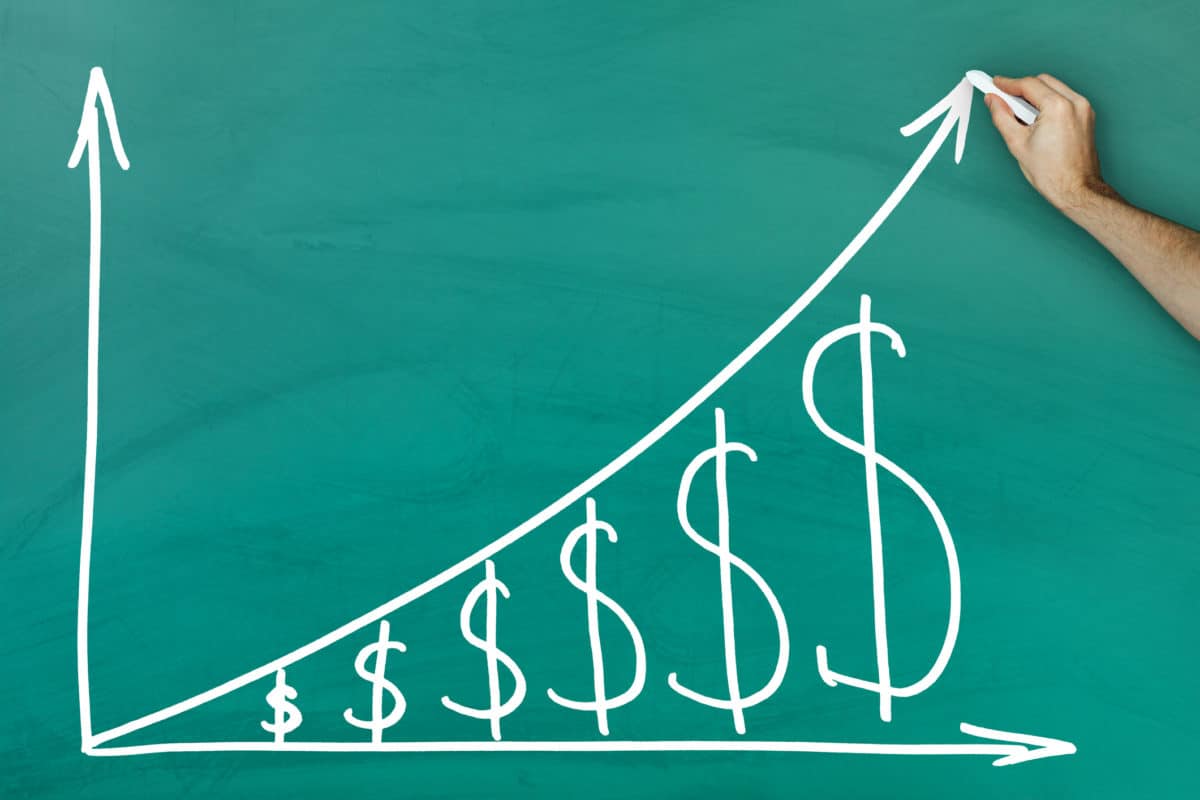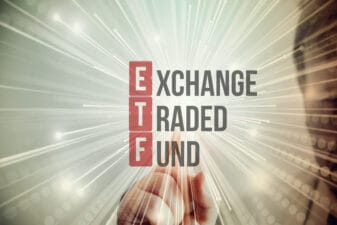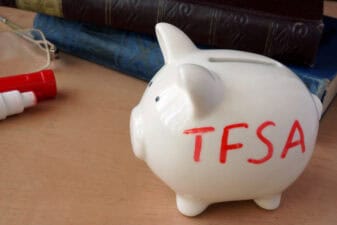Can stock market investing grow your $10,000 investment into $50,000? Yes, it can. However, you have to plan your investments properly, considering tax implications, time horizon, and market risk. The Tax-Free Savings Account (TFSA) can help. Let’s look at one factor at a time.
How a TFSA can mitigate the tax implications of investing
Investment gains are taxable when realized. This means that if you sell the stock for a profit or earn a dividend, the gain will be added to your taxable income. Every time you sell stocks, you pay tax, even if you reinvest that money. However, the TFSA allows you to skip this tax altogether if you invest through it.
The contributions you make to the TFSA are from your after-tax income. The TFSA allows you to grow your money tax-free, which means you can reinvest the capital gains and dividends without paying any tax. Moreover, you can withdraw money tax-free.
For these tax advantages, it is recommended that you invest in high-growth and high-dividend stocks through a TFSA to earn maximum tax-free investment income.
Time needed to convert $10,000 in a TFSA to $50,000
The stock market cannot convert $10,000 to $50,000 in a few weeks or a year or two unless you are lucky enough to invest just before an investment boom or trend. A portfolio that gives a compounded annual growth rate (CAGR) of 18% can convert $10,000 to $50,000 in 10 years. A portfolio with a 26% CAGR can give a similar outcome in seven years.
This will tell you the kind of returns you need to achieve the $50,000 goal. You can look for stocks accordingly. A stock that gives high returns carries high risk. However, a bear market creates an opportunity to buy low-risk stocks at a discount and enjoy high returns during the recovery rally.
Buying the dip
The Horizons S&P/TSX 60 Index ETF (TSX:HXT) gave an annual return of 28% in the 2021 market recovery and 21% in the 2024 market recovery. The tariff war is creating bear market momentum. Now is the time to be watchful and buy the dip, as a recovery can generate a 20% return in a year. The index has high exposure to the financial and energy sectors, both of which are directly impacted by the tariff. You could expect the ETF’s unit price to continue falling amidst tariff volatility.
Buying the dip could be a good option to lock in a 20% annual return. However, such a high return may not be sustainable for more than a year. You need growth stocks for that.
A resilient growth stock
Descartes Systems (TSX:DSG) has a record of generating 17–20% CAGR returns in 5 and 10 years. And if you buy the stock at its dip, the returns could be higher. What makes the stock deliver stable growth? Now, note that the 17–20% growth is not what the stock delivers every year. It is normalized returns. A weak year is followed by a strong year because the company consistently grows its revenue and earnings.
Descartes’s supply chain solutions smoothen trade with its Global Logistics Network, bringing together supply chain players and automating and standardizing processes. A slowdown in trade and the economy negatively affects the stock, which explains the 20% dip since February. There is also a seasonal dip as the company provides supply chain and logistics-related solutions for e-commerce. The first two quarters are seasonally weak for e-commerce, which results in a seasonal dip for Descartes as well.
Buying the dip can help you accelerate your returns from Descartes, converting $10,000 to $50,000 in 10 years or less.









